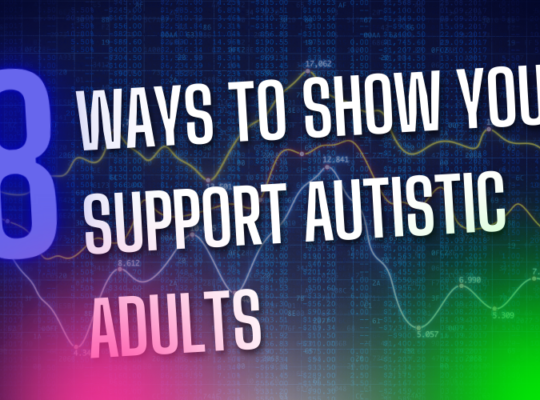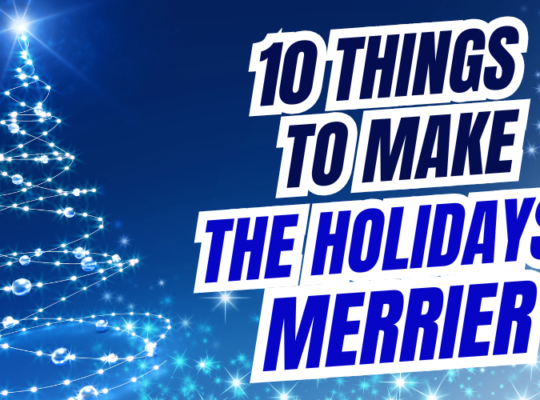As Autistic adults it is very important to know how to self-regulate to manage stress, anxiety, and sensory overload that can disrupt our emotional regulation that can lead to meltdowns, shutdowns and more
What is self-regulation?
Self-regulation for autistic adults refers to the ability to consciously manage our own thoughts, emotions, and behaviors in response to different situations,
We often need to self-regulate in response to challenging situations including social communication difficulties, and executive functioning differences and to sensory sensitivities including a response to either sensory overload or when we are sensory seeking. Sensor seeking occurs when our sensory needs are not being met.
Simply put, self-regulation is the skill of actively coping with stressors and regulating our internal state to respond appropriately.
When we are self-regulating, there are 4 key areas of regulation that we should address, and they are:
- Emotional regulation: Recognizing and managing emotions like frustration, anxiety, or excitement to avoid overwhelming reactions.
- Sensory regulation: Identifying and managing sensory overload from stimuli like noise, light, or touch.
- Impulse control: Thinking before acting and resisting impulsive behaviors.
- Attention regulation: Focusing on tasks and maintaining concentration despite distractions.
When we use self-regulation as a reaction to stress, anxiety, sensory sensitive, etc., the first thing we should be doing is identifying the triggers that caused us to need to self-regulate. When we are able to recognize what triggered us, we can both engage in self-regulation traits that can support us at the moment.
However, self-regulation can and should also be proactive which includes making time each day to practice self-regulation techniques and when you know you are going to be potentially exposed to a known trigger, such as a stressful situation, possibly full of anxiety, or in a space where you will experience sensory sedatives, you should make time to engage in self-regulation activities/traits beforehand.
Why do we self-regulate
We self-regulate to cope with stressors and regulate our internal state to respond appropriately to any situation we encounter or experience in daily life.
Where to engage in self-regulation techniques.
One of the best places to engage in self-regulation is a quiet space. In your normal environment, such as your home, you probably already have identified quiet spaces that you can retreat to engage in self-regulation. I also recommend that when you are in an unfamiliar environment, is to look for quiet spaces to retreat to if you quickly need to get away and engage in self-regulation techniques to manage overwhelming sensations so you know where they are when you need them.
6 self-regulation techniques
There are many ways we self-regulate including:
- Utilizing sensory strategies. When we are sensory seeking, we may engage in repetitive behaviors, aka stimming. Some common stims that are used when self-regulating include rocking, hand flapping, tapping, fidgeting including using a fidget/stim toy. Additional sensory strategies may include seeking out other specific sensory needs by listening to calming music, using a weighted blanket, wearing specific textures or avoiding specific sensory input.
- Practice mindfulness techniques. Practicing mindfulness techniques, such as deep breathing exercises. meditation or journaling helps us increase our awareness of our internal state. emotions and physical sensations in the present moment which allows us to manage our emotional response to situations including sensory sensitives.
- Actively identifying and managing our emotional triggers. This is often done when practicing mindfulness techniques. Actively identifying and managing our emotional triggers allows us to respond to our feelings of being overwhelmed with additional calmness and clarity
- Creating structured routines. Routines often bring us comfort as many of us on the spectrum are seeking predictability – which is often found in routines.
- Participate in physical activity. This could be as simple as any form of movement (tapping foot, fingers, etc.) or walking, jogging, running, riding a bike, lifting weights, etc. Exercise can help us by releasing tension and improve our mood.
- Positive self-talk, giving you a quick pep talk where you remind yourself that you got this, can help you self-regulate yourself during a time of dysregulation.
When you use self-regulation as a response to a situation, and you are ready to re-engage with others, if you have any needs that others can fulfill, be sure to share them with a safe person.
There are 3 major benefits of self-regulation for us Autistic adults and they are:
When we self-regulate, we improve our social interactions. Being self-regulated allows us the ability to manage emotions in social situations which can lead to a more positive interaction with others.
Self-regulation reduces stress and anxiety. During self-regulation we should be recognizing and managing our triggers which can help us mitigate stress and anxiety levels.
Self-regulation gives us the gift of enhanced independence by allowing us to develop skills and strategies that allow for greater autonomy in our daily lives.
What can happen if we ignore self-regulation?
If we neglect or ignore our need to self-regulate, as Autistic adults we may experience significant challenges like meltdowns, outbursts, increased anxiety, irritability, difficulty concentrating, social withdrawal, impulsive behaviors, and even self-harm, as our emotions can become overwhelming and difficult to manage, potentially disrupting our daily lives and interactions with others







